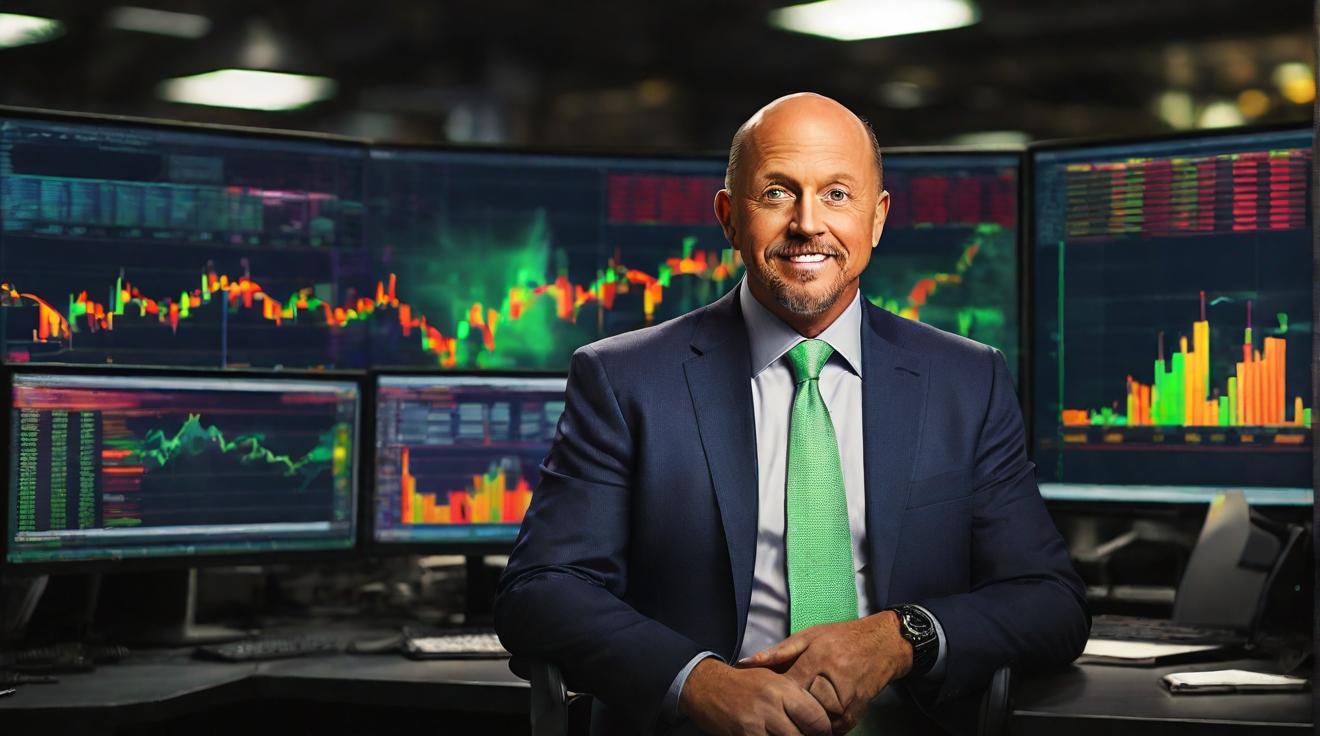Luxury Brands Introduce Lower-Priced Beauty and Accessories Amid Market Challenges
As luxury consumers confront rising prices and economic uncertainty, leading fashion houses are broadening their product portfolios to include more accessible items. This strategy aims to attract a wider, younger demographic while preserving the exclusivity of their core offerings.
Louis Vuitton’s Foray into Beauty
Louis Vuitton recently launched its highly anticipated beauty collection, featuring premium products such as $160 lipsticks, alongside 10 lip balms and eight eyeshadow palettes. The collection, with acclaimed makeup artist Pat McGrath as creative director, also includes a $2,890 mini trunk carry case. This move exemplifies a growing trend among luxury brands to diversify into cosmetics, a category noted for its high gross margins.
Expanding Accessories and the Rise of Bag Charms
Alongside beauty, luxury brands are capitalizing on the popularity of upscale accessories like bag charms. Louis Vuitton offers a $1,420 charm, joining similar products from Coach and Longchamp. These smaller luxury items cater to the “treatonomics” consumer behavior, where shoppers opt for affordable indulgences amid budget constraints.
Market Pressures and Strategic Diversification
The luxury sector has faced a slowdown since 2022, following a post-pandemic boom. Challenges include reduced consumer spending, U.S. tariffs, and inflationary pressures. Analysts note that expanding into lower-priced categories—such as beauty, small leather goods, and eyewear—can increase the total addressable market and enhance cultural relevance.
Bank of America Securities emphasizes that engaging younger consumers through accessible product lines can build long-term brand loyalty as these demographics increase their purchasing power over time.
Balancing Accessibility with Exclusivity
Luxury brands must carefully balance attracting new customers without diluting their prestige. Experts warn that over-discounting or excessive focus on lower-price items can undermine brand desirability among affluent buyers, as seen with some past challenges at Burberry and Gucci.
Jelena Sokolova, senior equity analyst at Morningstar, notes that while diversification strategies have worked in previous downturns, it remains uncertain how effective they will be amid current economic pressures.
Conclusion
Luxury brands are navigating a complex landscape by introducing lower-priced beauty and accessory lines to expand their consumer base. Success will depend on maintaining brand prestige while adapting to shifting consumer preferences and economic conditions.
FinOracleAI — Market View
The introduction of lower-priced beauty and accessory products by luxury brands like Louis Vuitton is a strategic attempt to broaden their consumer base amid a sector slowdown. This diversification can drive incremental revenue and engage younger, aspirational buyers, supporting medium-term growth. However, risks include potential brand dilution and uncertain consumer spending amid economic headwinds. Market participants should monitor sales performance in these new categories and any shifts in brand perception.
Impact: positive













